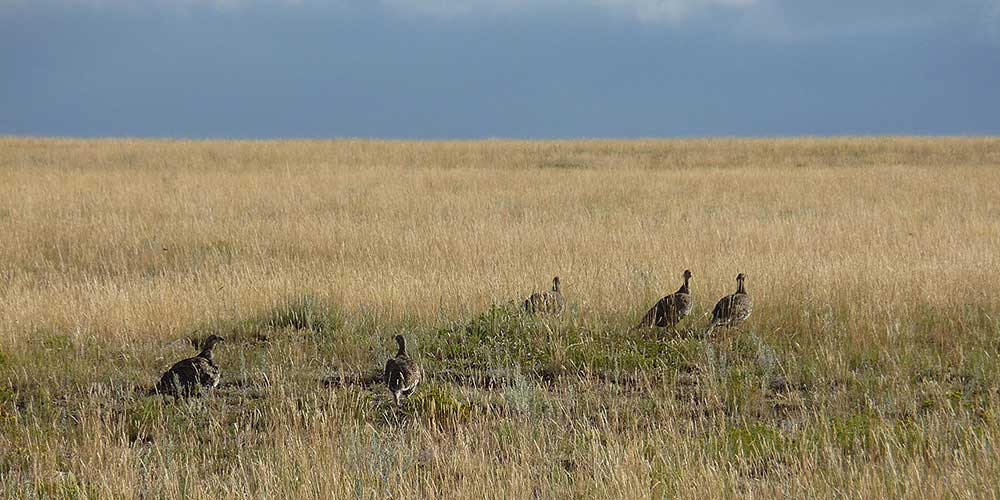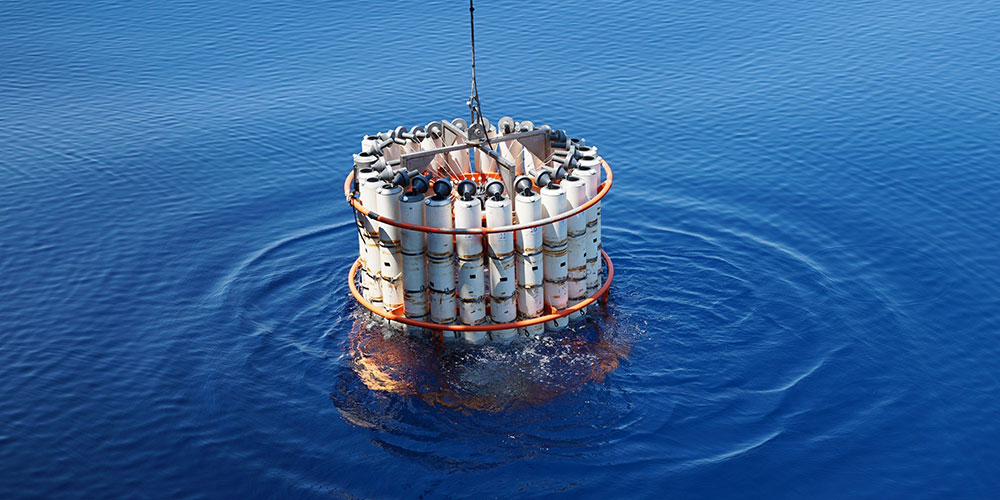The Impact of Climate Change on Drylands
In the future, the area covered by temperate drylands will shrink in favor of subtropical drylands. Rising temperatures are increasingly drying out deeper layers of soil in the remaining temperate drylands – with significant repercussions for plant life. Researchers from the University of Basel have reported these findings in the scientific journal Nature Communications.
31 January 2017
Around 40 percent of the Earth’s surface is made up of drylands. These are subdivided into subtropical (the Sahara, Australia’s outback) and temperate zones (Central Asian steppes, the western USA, parts of the Mediterranean region). Forecasts suggest that climate change could further increase aridity in these areas and lead to even greater strain on water resources. However, existing models vary considerably in their projections depending on geographical location and the type of drylands.
Now, researchers in Basel (Switzerland) have obtained new findings on the effects of climate change on temperate drylands. In order to accomplish this, they used a simulation model that takes account of the soil moisture and the complex factors that influence it.
The environmental scientists combined climate projections from 16 global models with location-specific information on vegetation and soil properties. Their results show that the current extent of temperate drylands could shrink by up to 30 percent by the end of the 21st century. The lost area would primarily convert into subtropical drylands. Overall, however, climate projections clearly point to a global increase in the area of drylands.
Ecological drought puts strain on plants
Lack of water is especially harmful to an ecosystem’s vegetation if the soil moisture content is below the average level. This condition is referred to as ecological drought and is not directly associated with periods of low rainfall – that is, meteorological drought. The results of the University of Basel’s study suggest that phases of ecological drought could become considerably longer, especially in deeper layers of soil.
In the future climate, therefore, vegetation could increasingly take up water from the soil moisture content in the upper soil layers. This would favor plant species with shallow root systems, resulting in considerable changes to the ecosystem. This change would also have consequences for humans: for example, these areas may no longer be profitable for the agricultural cultivation of wheat and potatoes.
Original article
Daniel R. Schlaepfer et al.
Climate change reduces extent of temperate drylands and intensifies drought in deep soils
Nature Communications (2017, doi: 10.1038/ncomms14196
Further information
Dr. Daniel Schlaepfer, University of Basel, Department of Environmental Sciences, Tel. +41 61 267 08 57, Email: daniel.schlaepfer@unibas.ch



